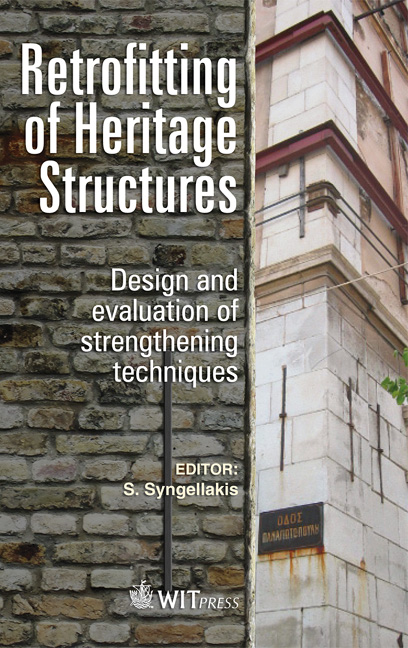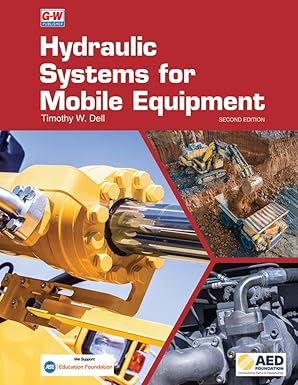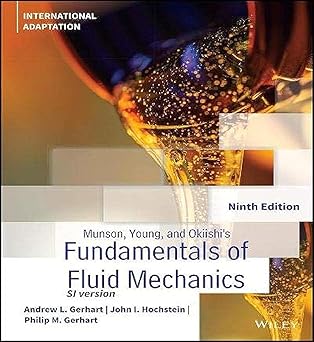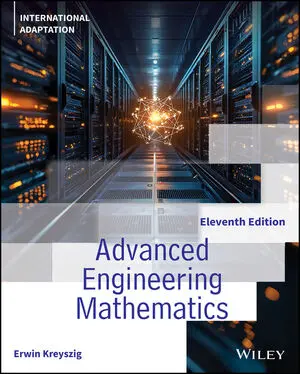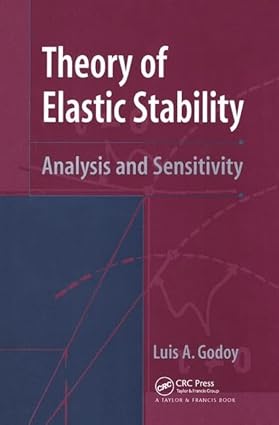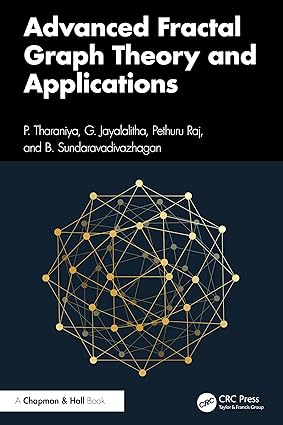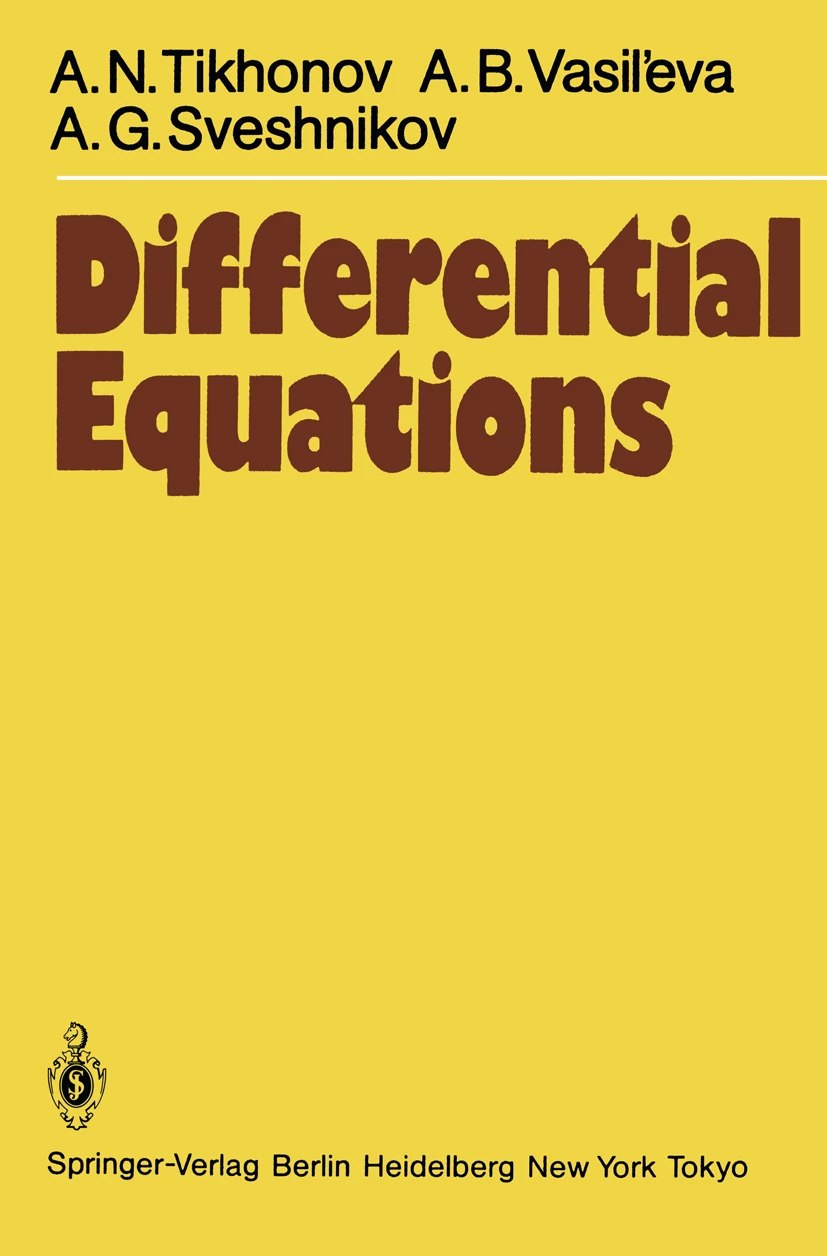The preservation of heritage architecture is a cultural objective rigorously pursued by communities and nations wishing to promote their history, civilisation and aesthetic achievements. Structures built in the remote past by traditional methods have suffered the consequences of extreme loading events, such as earthquakes, over long time periods. Retrofitting is an approach based on recent technological developments and scientific knowledge, whereby modern construction methods and materials are applied to the repair and strengthening of historical structures. This book aims to inform on current retrofitting techniques, their application to various types of historical architecture and their effectiveness to fulfil their purpose.
Retrofitted structural forms covered in the book vary widely from age old places of worship, such as churches, mosques and temples, as well as castles and palaces to more modern, distinguished private residences or public buildings, some of them designed by well known architects. Their methods of construction range from traditional, such as stone or brick masonry to more recent textile block systems and even reinforced concrete frameworks. Reference is made to detailed visual inspections of damaged structure providing valuable insight into possible causes of failure; such inspections are usually combined with material characterisation which is an essential input to numerical modelling for assessing the behaviour of the structure before and after retrofitting.
The book describes strengthening techniques for masonry walls including re-pointing, injection grouting and the use of steel ties. The use of reinforced concrete is proposed in the form of cast-in-place walls, jackets or tie-beams; that of carbon fibre reinforced laminates for strengthening walls and slabs. Innovative use of materials, such as shape memory alloys, self-compacting concrete or thin lead layers is also suggested. Particular attention is given to methods for moderating the consequences of destructive earthquakes. Seismic energy absorbing devices and base isolation systems are two effective means of providing protection against future seismic events although their application is often met with many technical challenges in practice.
Retrofitting of Heritage Structures: Design and evaluation of strengthening techniques will be of interest to members of academic institutions, government or private cultural preservation establishments and specialist consultant engineers.
The book contains very practical, technical advice on many issues; this would be of considerable interest to construction companies specialising in repairs and maintenance of historical structures.
چکیده فارسی
حفاظت از معماری میراث یک هدف فرهنگی است که جوامع و مللی که مایل به ترویج تاریخ، تمدن و دستاوردهای زیباییشناختی خود هستند، با جدیت دنبال میشود. سازههایی که در گذشته دور با روشهای سنتی ساخته شدهاند، پیامدهای بارگذاری شدید، مانند زلزله، در دورههای زمانی طولانی را متحمل شدهاند. مقاومسازی رویکردی مبتنی بر پیشرفتهای تکنولوژیکی و دانش علمی اخیر است که به موجب آن روشها و مصالح مدرن ساختمانی برای تعمیر و استحکام سازههای تاریخی به کار میرود. هدف این کتاب اطلاعرسانی در مورد تکنیکهای جدید مقاومسازی، کاربرد آنها در انواع مختلف معماری تاریخی و اثربخشی آنها برای تحقق هدف است.
اشکال ساختاری بهسازی شده که در این کتاب پوشش داده شده است، از مکانهای عبادت قدیمی مانند کلیساها، مساجد و معابد، و همچنین قلعهها و کاخها گرفته تا اقامتگاههای خصوصی و ساختمانهای عمومی مدرنتر و متمایزتر، که برخی از آنها توسط خوب طراحی شدهاند، بسیار متفاوت است. معماران شناخته شده روش های ساخت آنها از سنتی، مانند سنگ تراشی یا آجر تا سیستم های جدید بلوک نساجی و حتی چارچوب های بتنی مسلح متغیر است. به بازرسیهای بصری دقیق ساختار آسیبدیده اشاره شده است که بینش ارزشمندی در مورد علل احتمالی خرابی ارائه میکند. چنین بازرسیهایی معمولاً با مشخصات مواد ترکیب میشوند که ورودی ضروری برای مدلسازی عددی برای ارزیابی رفتار سازه قبل و بعد از مقاومسازی است.
این کتاب تکنیکهای تقویت دیوارهای بنایی از جمله اشارهکردن مجدد، تزریق تزریق و استفاده از بند فولادی را شرح میدهد. استفاده از بتن مسلح به شکل دیوارهای ریختهشده در محل، ژاکتها یا تیرهای اتصال پیشنهاد میشود. لمینت های تقویت شده با فیبر کربن برای تقویت دیوارها و دال ها. استفاده نوآورانه از موادی مانند آلیاژهای حافظه دار، بتن خود متراکم یا لایه های نازک سربی نیز پیشنهاد می شود. توجه ویژه به روش هایی برای تعدیل عواقب زلزله های مخرب است. دستگاههای جاذب انرژی لرزهای و سیستمهای جداسازی پایه دو ابزار مؤثر برای محافظت در برابر رویدادهای لرزهای آینده هستند، اگرچه کاربرد آنها اغلب با چالشهای فنی زیادی در عمل مواجه میشود.
بهسازی سازههای میراث: طراحی و ارزیابی تکنیکهای تقویتکننده برای اعضای مؤسسات دانشگاهی، مؤسسات حفاظت فرهنگی دولتی یا خصوصی و مهندسان مشاور متخصص مورد علاقه خواهد بود.
کتاب حاوی توصیه های فنی و کاربردی در مورد بسیاری از مسائل است. این امر برای شرکت های ساخت و ساز متخصص در تعمیر و نگهداری سازه های تاریخی بسیار جالب خواهد بود.
ادامه ...
بستن ...
